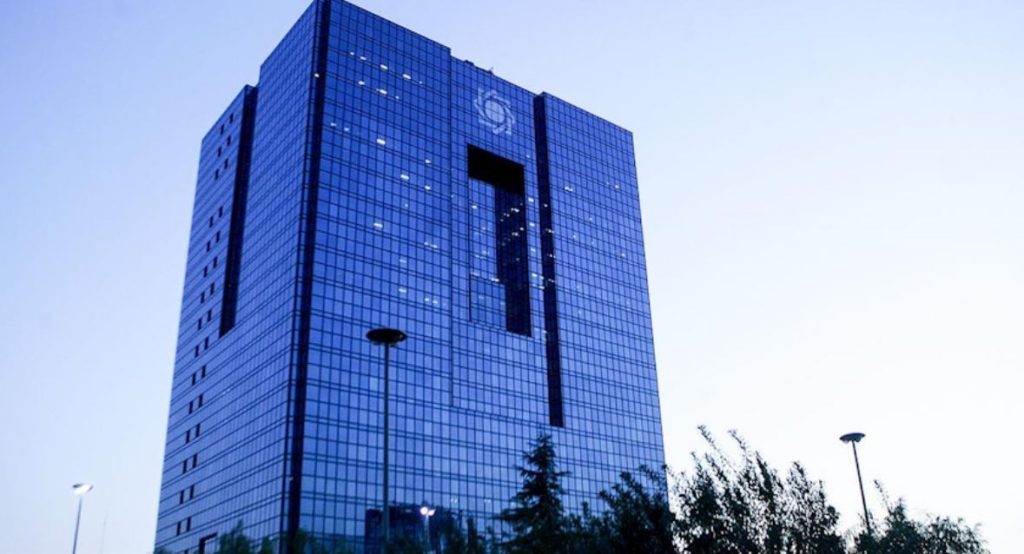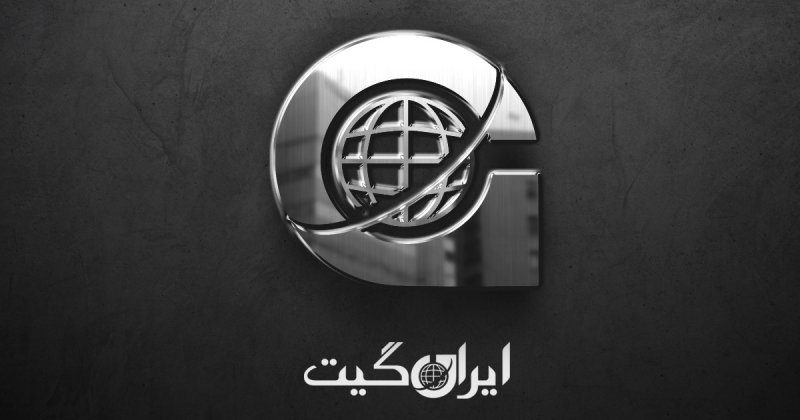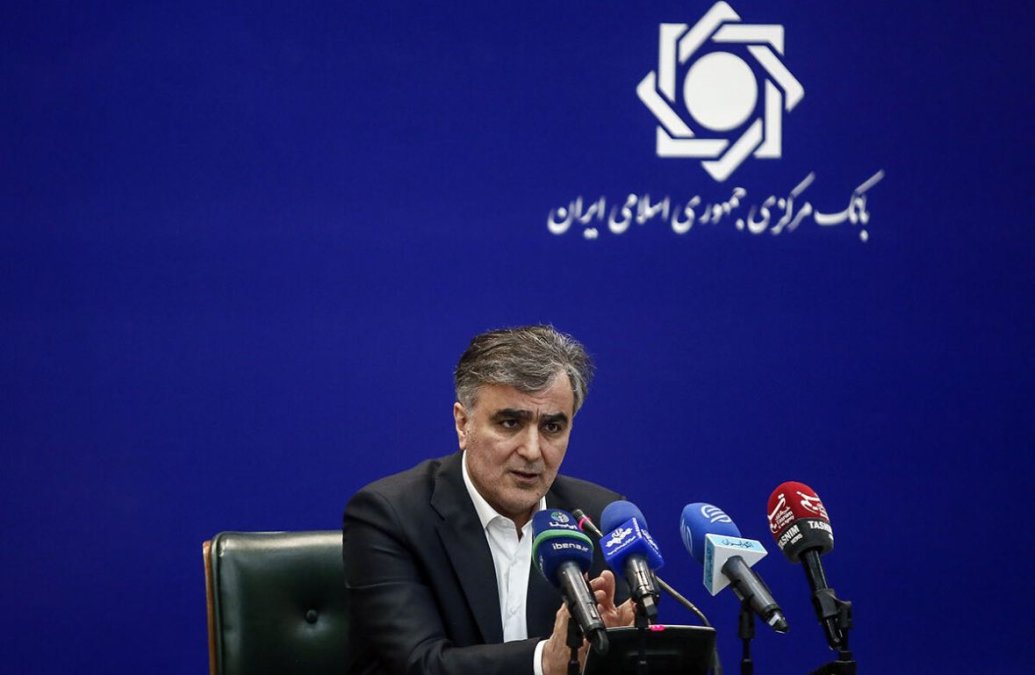Where Does the Central Bank Stand in Farzin’s Stalemate?
Where Does the Central Bank Stand in Farzin’s Stalemate?
According to Irangate News Agency, while Iran’s economy remains entangled in the structural crises of chronic inflation and currency instability, the country’s monetary policymaker, the Central Bank, is under more scrutiny than ever from public opinion and economic institutions.
Mohammadreza Farzin, who took the helm of this key institution with promises to stabilize the currency exchange rate, curb inflation, and reform the banking system, now faces a record after more than a year that analysts consider a mix of crisis management, unfulfilled promises, and controversial decisions.
This report takes a detailed look at the performance of the Governor of the Central Bank of Iran in key areas such as currency policy, liquidity control, inflation management, institutional independence, and banking structure reform, and attempts to paint an accurate picture of what is happening in the Mir-Damad building based on realities.
Mohammadreza Farzin’s Performance Under Scrutiny
An Analysis of a Year of Monetary and Currency Policy Amid Structural Crises
In a situation where Iran’s economy is grappling with chronic monetary crises, rising inflation, and currency instability, attention is focused on senior economic policymakers, especially the Governor of the Central Bank.
Mohammadreza Farzin came to office at the Mir-Damad building with the slogan of currency market stability and inflation control, but after more than a year, his performance has been subject to debate and criticism both in expert circles and economic forums.
Exchange Rate Stabilization or Bypassing the Law?
One of the most controversial aspects of Farzin’s policymaking was the emphasis on stabilizing the exchange rate instead of adopting a managed floating exchange rate system.
This is while the policy of stabilizing the exchange rate not only seems uneconomic in conditions of severe inflation but also contradicts the country’s developmental laws that emphasize a managed but floating system. Such an approach, without legislative approval, raises the question of whether the Governor of the Central Bank has the authority to change the country’s exchange framework at his discretion.
This decision not only diverts the economy from a transparent and lawful path but also accustoms the market to directive signals in the long run, a phenomenon that is the root of many disorders in Iran’s currency market.
Relative but Fragile Liquidity Control
In reviewing monetary indicators, one of the positive points in the Central Bank’s performance during the recent period has been the reduction in the liquidity growth rate compared to previous periods. Although this reduction is considered a positive step, it still falls short of the necessary standards for controlling inflation.
In situations where the government’s budget deficit is offset through Central Bank resources, any liquidity control is practically temporary and unstable. Experience has also shown that with the start of the second half of the year and the increase in government financial needs, the growth of the monetary base accelerates again.
Inflation: Apparent Reduction, Real Pressure
Another indicator that is cited as a success is the reduction in point-to-point and annual inflation rates in recent months. However, it should be noted that this reduction started from levels that were themselves extremely concerning.
Inflation above 50% at the start of Farzin’s management period had severe social and economic impacts on people’s livelihoods, and reducing it to around 30% is still considered among crisis rates. In reality, with inflation at these levels, there is no stability or positive outlook for purchasing power and investment.
Controlling inflation requires reducing inflation expectations, government financial discipline, and public trust, three components that still show no serious signs of realization.
The Central Bank Between Politics and Independence

Beyond economic indicators, more structural criticisms are also directed at Farzin’s performance, the most important being the lack of institutional independence of the Central Bank from the government and the political structure. The Central Bank in Iran has practically become the government’s executive arm in financing and managing the currency market, rather than an independent monetary policymaker.
This dependency reduces the Governor of the Central Bank to an executor of political decisions and undermines any hope for fundamental reforms in the monetary and banking sector. In such an environment, even if a manager with the intention of structural reforms takes office, there will practically be no opportunity for effective action.
Promises of Banking System Reform: Good Words, Little Action
Mohammadreza Farzin has spoken in numerous speeches about correcting the imbalance of banks and organizing the banking network. He has even promised to utilize legal capacities for these reforms, but after more than a year, there is still no sign of practical action for fundamental changes in bank balance sheets, managing imaginary assets, and stopping unregulated credit creation.
Banks with negative balances and accumulated losses continue to survive and practically increase pressure on the monetary base through hidden money printing.
Reform or Temporary Crisis Management?
Mohammadreza Farzin’s performance at the Central Bank can be seen as a collection of half-hearted efforts to manage crises without addressing fundamental reforms. He achieved temporary successes in stabilizing the exchange rate, relative liquidity control, and apparent inflation reduction, but simultaneously distanced himself from the principles of rule of law, transparency, and institutional independence. Ultimately, if the reform of monetary and banking structures does not turn into actions beyond momentary control of the currency market and inflation rate, crisis management will replace reform, and this is the cycle that has trapped Iran’s economy for decades.

